Seahorses belong to the class Actinopterygii, order Syngnathiformes, and family Syngnathidae. They are primarily found in tropical and subtropical oceans, inhabiting coral reefs, seagrass meadows, and mangroves.
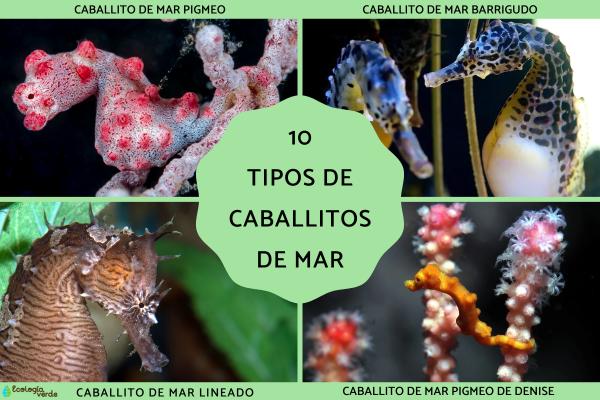
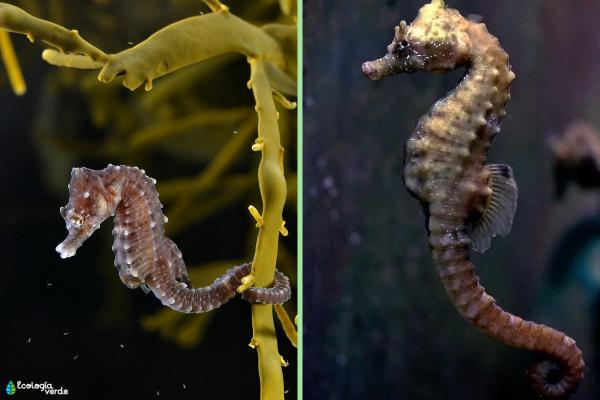
Found in the Eastern Atlantic subtropical waters from the Azores and Canary Islands to Guinea, and throughout the Mediterranean Sea. A non-migratory species, usually found up to 60 meters deep among algae. Distinguished by a short snout (less than one-third of head length). Conservation status: Data Deficient.

Inhabits Indonesia, the Philippines, Papua New Guinea, Queensland (Australia), and New Caledonia. Non-migratory, lives exclusively on Muricella gorgonian corals at depths of 16–40 m. Has tubercles mimicking coral polyps, short snout, thick body, and long prehensile tail. Conservation status: Data Deficient.
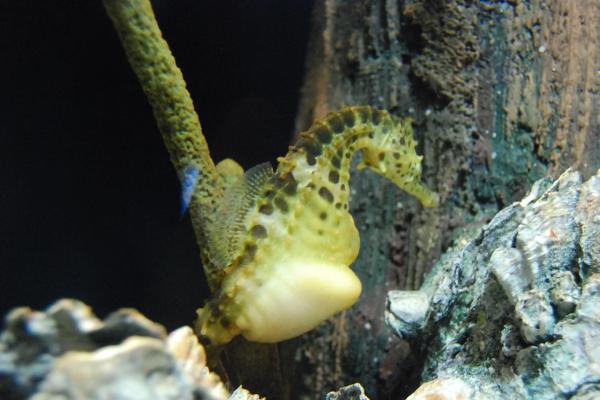
Also called pot-bellied seahorse. Found along the coasts of New Zealand and Australia. Dwells in rocky tidal zones, hides among seaweed. Juveniles are pelagic or drift with algae. Reaches up to 35 cm—one of the largest seahorse species. IUCN status: Least Concern.
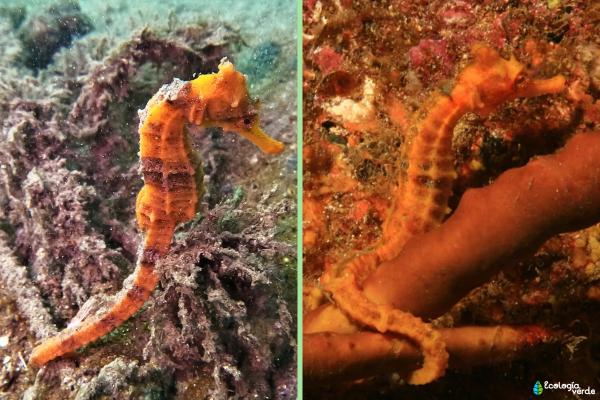
Ranges from San Diego (USA) to Chile, including the Galápagos Islands. Lives in mangroves, kelp forests, seagrass meadows, rocky and coral reefs, down to 60 m. Males grow up to 30 cm, the largest in their genus. IUCN status: Vulnerable.
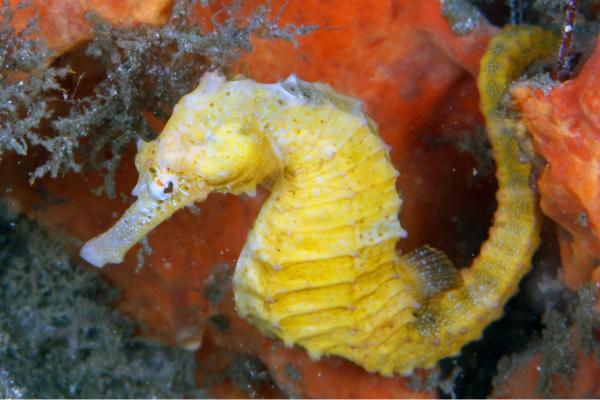
Also known as long-snouted seahorse. Distributed across the Caribbean and Western Atlantic—found in the Bahamas, Brazil, Colombia, and more. Non-migratory, lives in coral reefs, seagrass beds, and algae zones up to 55 m deep. Features a long snout and ring-like white body markings. IUCN status: Near Threatened.
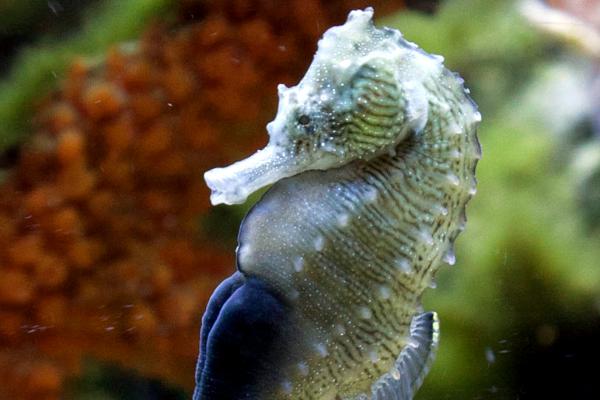
Found from Canada and the Gulf of Mexico to Panama and Venezuela. Inhabits diverse ecosystems: mangroves, coral reefs, oyster beds, seagrass beds, and tidal channels. Males can reach 19 cm. IUCN status: Vulnerable.

Recorded in the Philippines, Malaysia, and Indonesia. Lives in shallow seagrass meadows at depths of up to 10 m. Males can grow up to 15 cm. IUCN status: Vulnerable.
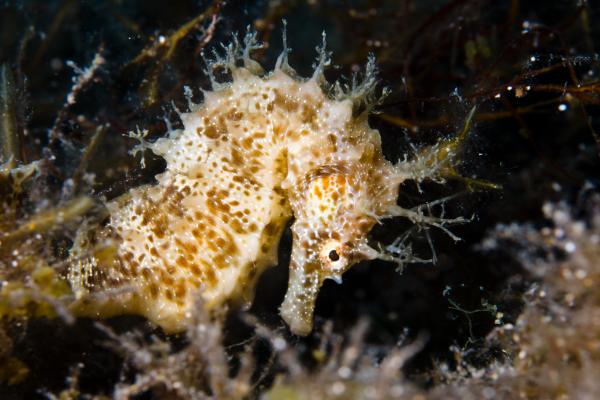
Occurs in the Eastern Atlantic, Mediterranean, and Black Sea coasts. Lives near rocky bottoms among algae and seagrasses in shallow waters. Has bony tubercles, pectoral fins with 15–18 rays, dorsal with 18–21, and a tiny anal fin. Males have rounder bellies than females. Conservation status: Data Deficient.
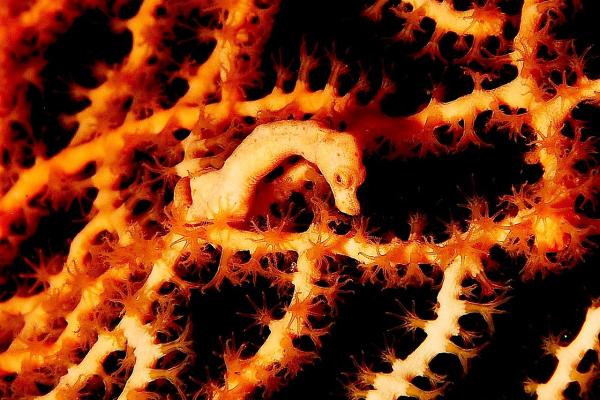
Found in Indonesia, Malaysia, Vanuatu, Palau, the Philippines, Solomon Islands, and Micronesia. Lives between 13–90 m on gorgonians (Annella, Muricella, Echinogorgia). Has a long neck, short snout, prehensile tail, and tuberculated body mimicking coral polyps. IUCN status: Data Deficient.

Recently discovered in southeast Japan, including Kashiwa-jima, Sukumo Bay, Kii and Izu peninsulas, Sagami Bay, and the Ogasawara Islands. Found at 10–20 m depth. Has unique skeletal features like triangular dorsal mounds and a single pair of large truncated spines.
animal tags: seahorses
We created this article in conjunction with AI technology, then made sure it was fact-checked and edited by a Animals Top editor.